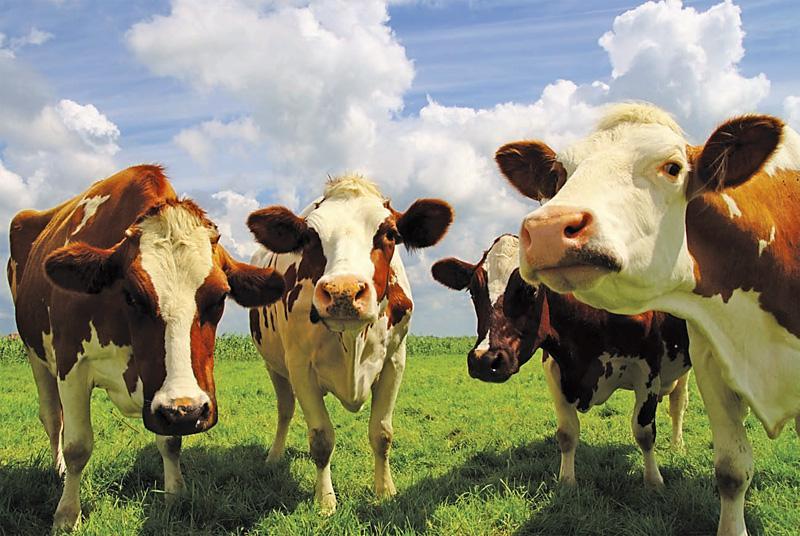
Livestock Farm
The general level of intensification of cattle breeding in Georgia is very low. The best indicators were recorded in 1988, when the number of cows in the republic was 1,548 thousand heads. Unfortunately, in the nineties, the crisis deepened so that the quantitative and qualitative indicators of cattle breeding were halved. Their restoration and further improvement depends on how well we can effectively use the natural and economic conditions of Georgia and develop modern technologies (artificial insemination, feeding in the barn, pasture rehabilitation, etc.).
Types of Cows
In the world there are more than 1,000 species of cows. According to the widespread classification, they are divided as milking, meat and combined species. There are no meat species in Georgia, but there are milking and combined breeds.
Keeping Cows
The stationary type of cows are divided into cowshed-grazing, cowshed and grazing.
